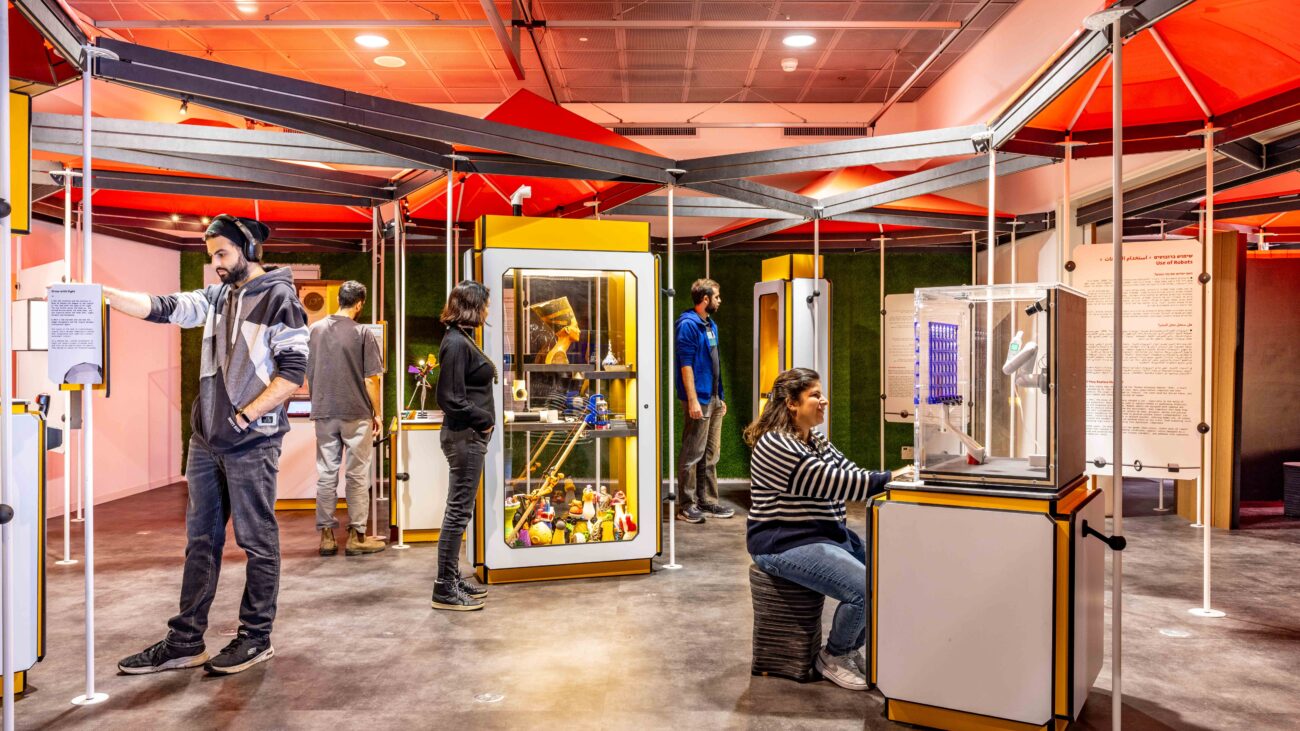
TheFreedom To Create
Our lives are conducted in the physical and digital world and the need to move is increasing. The digital design and production technologies are the ones that help us transfer the “material culture”, the objects, which express our personal and collective needs, desires, between the worlds. Fabrication is the realization of physical objects from digital analysis, while scanning and imaging are the opposite processes of converting a physical object into a digital representation. A significant part of the freedom that characterizes these technologies rests on the mathematical and computational nature; New forms and countless variations of them are created from mathematical themes and models that are not generally natural. The freedom to define material materials down to the individual voxel level, the freedom to create integrated as a single unit without assembly containers, and the freedom to process at any scale, from nanometers to bulk. The objects in the digital world are only numbers and signs in computer files. They are free from any constraints and are not affected by gravity, air pressure, winds and humidity. At the press of a key, they can change their color, size and shape. Production, the stage in which those objects move from the digital world to the physical, limits some of these freedoms, but adds more. The raw materials, together with the technologies and production processes, technological determinations are also the property of the object and enable their control. This is the secret of digital creation, the combination of planning, design and production. Creative fields such as arts, crafts, design and engineering were among the first to adopt digital production technologies and use them to make objects that previously required time and resources that were only available to factories and large companies. Nylon 3D printing, for example, can use durable and useful parts like those created in the industry. Made-to-order production allows for operational freedom and saves the need for warehouses and inventory, as with 3D knitting that allows for the preparation of a custom-made complex garment for a single production month. It is possible to create clothes adapted in their properties (color, size, pattern, views, flexibility…) to different needs and consumers. Layout software divides the model into flat shapes and the laser cutting software arranges and places them optimally within each other (nesting) for optimal utilization of the raw material panel In this exhibition, the freedom to create, we have tried to present to you, the visitors, the issues and concepts that accompany the world of digital production. On the one hand, the science and technology that strings devices and machines, and on the other hand, the social and cultural aspects that influence and are influenced by us humans, the most important of which is freedom, real or not. Simulated, which gives us the integration and transition between the physical and digital world.
Photography: Orit Arnon
Institution: The Bloomfield Museum of Science, Jerusalem
exhibition curator: Dov Ganchrow
Chief designer: Eyal Fogel
Chief exhibit engineer: Amir Ben Shalom
Team manager: Rony Ben-Chaim
Science Museum exhibition development team:
From the nerves industrial: Uri Kaufman, Liana Alon
Graphic design: Aviv Chen
Engineering developers: Shalu Neumann, Yotam Amrani, Edo Hoffmann
Building an exhibition: the museum’s workshop team.